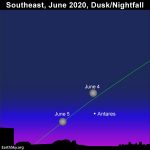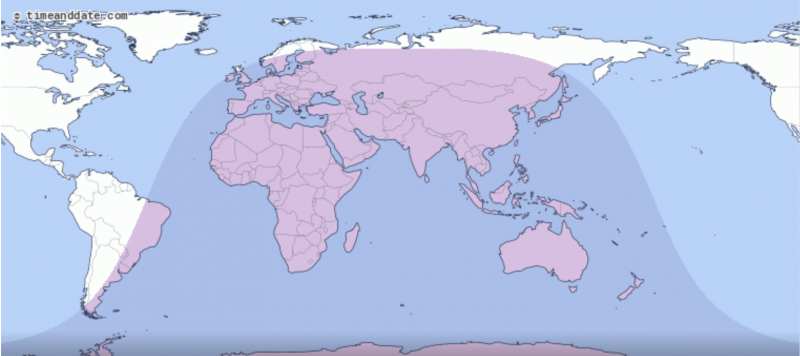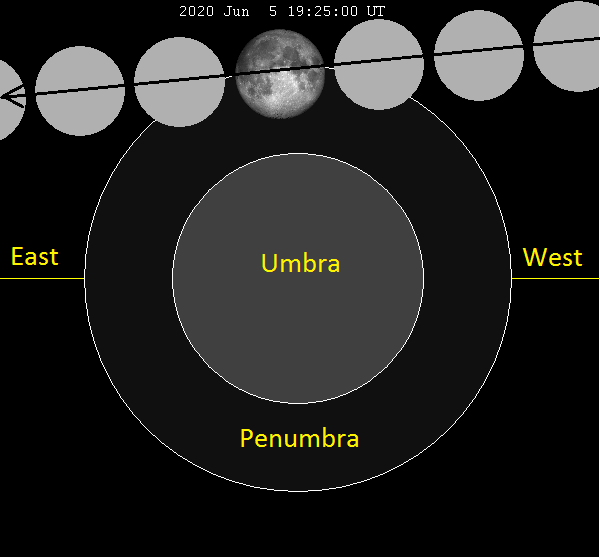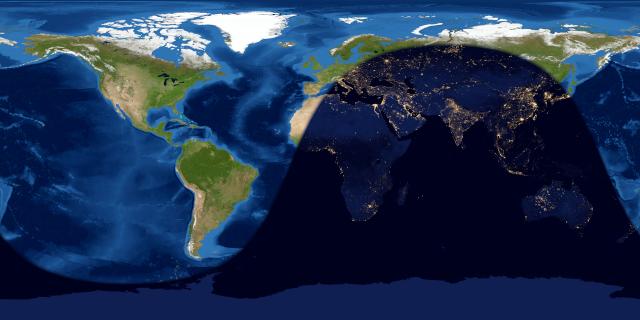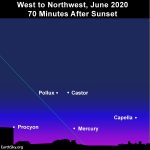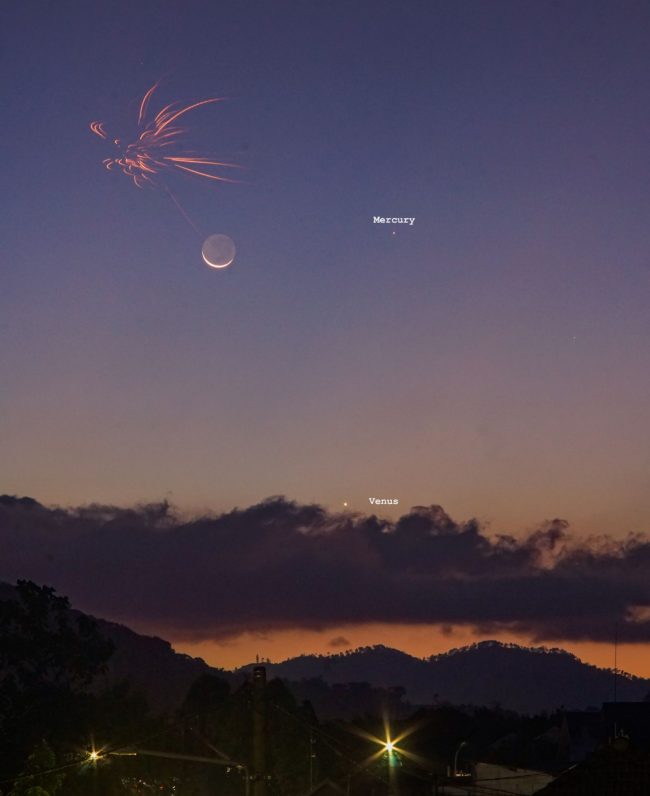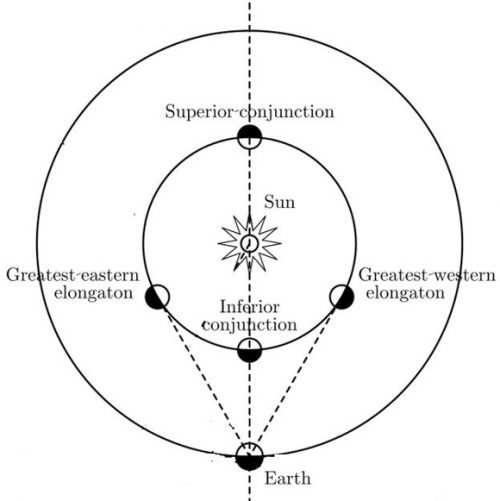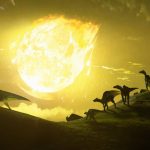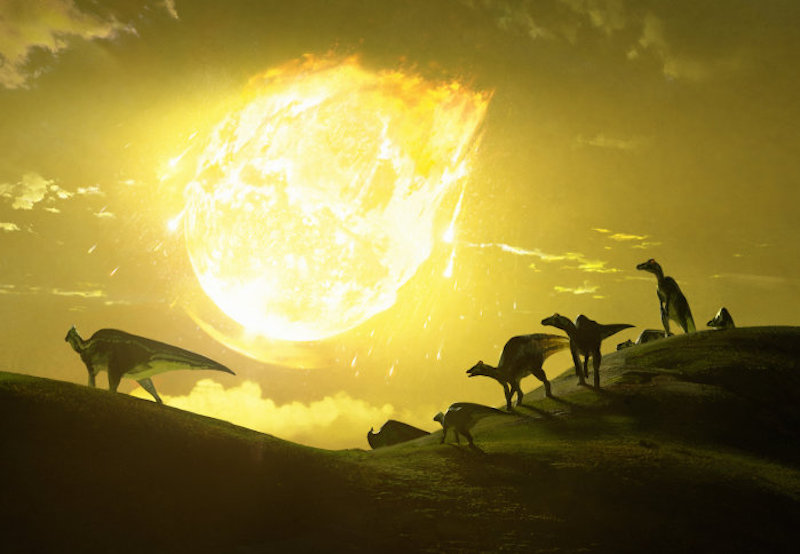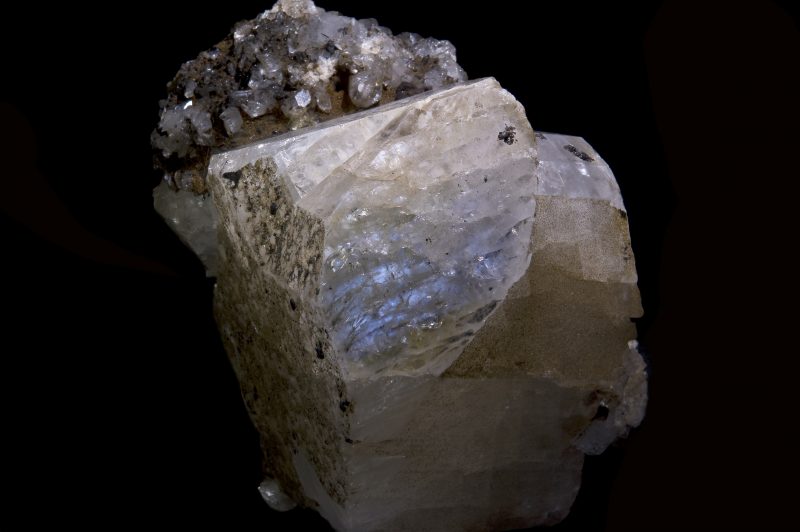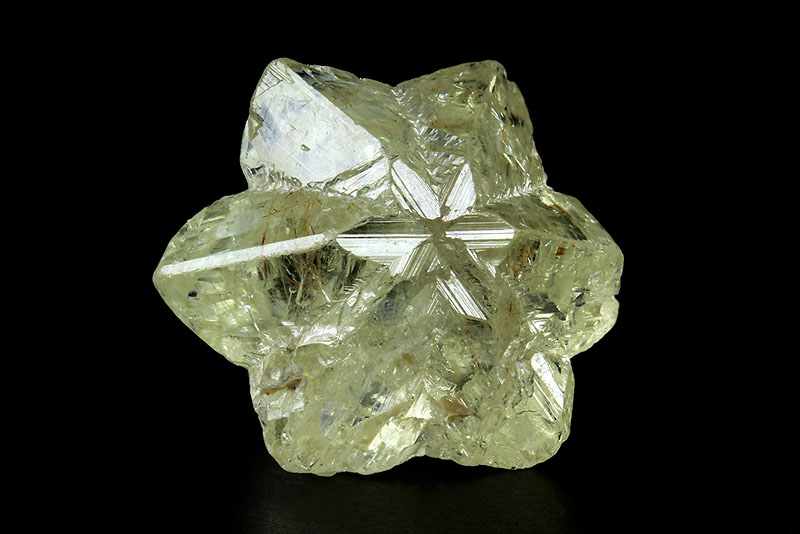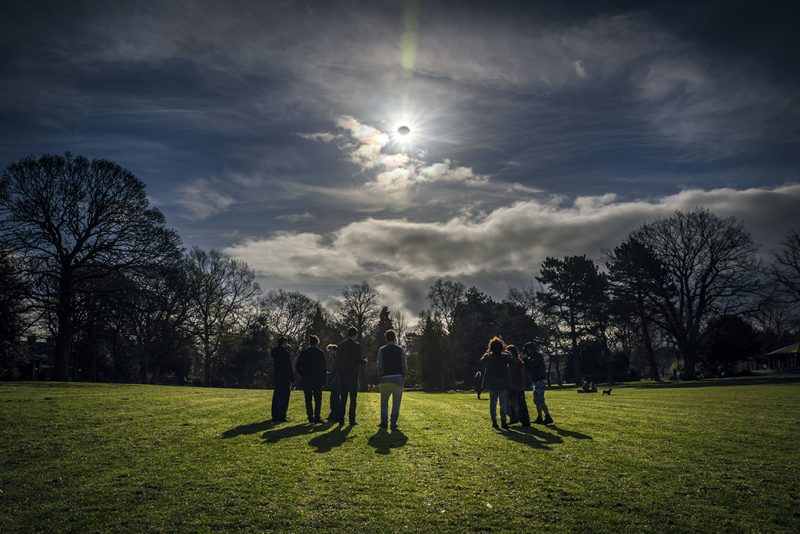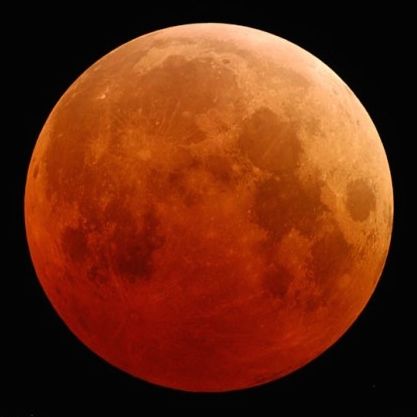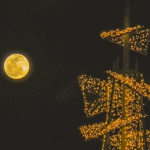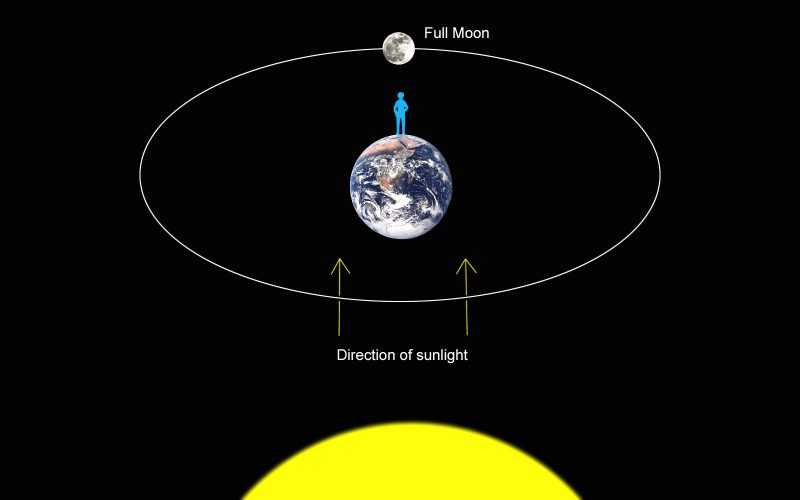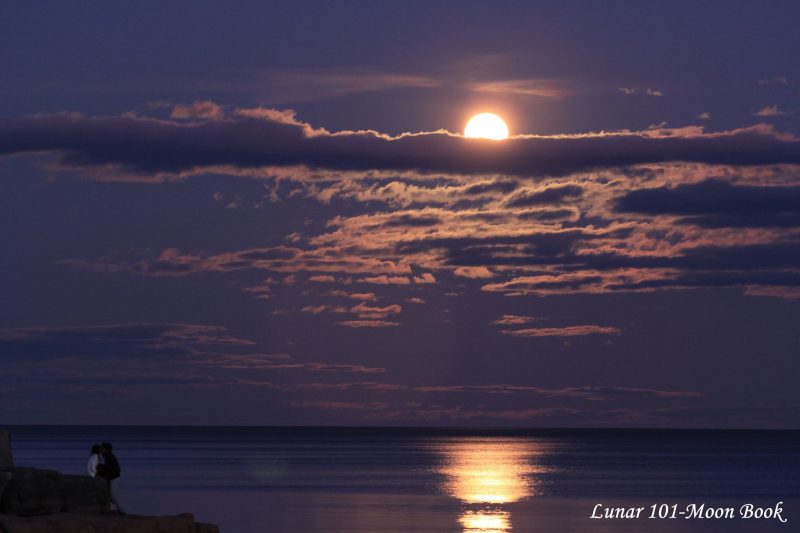
At its very core – cancer is a disease caused by DNA errors.
Within tumour cell DNA, there are a multitude of mutations that guide growth and make it difficult for the body to repair or destroy the tumour. But this doesn’t stop the body’s immune system from trying.
This contest between the immune system and cancer is complex, and one that Cancer Research UK researchers on the TRACERx project have been working to unpick. Previously, they’ve shown how tumour cells evolve to adapt to the immune system “micro-environment” surrounding them. But the team knew that it wasn’t simply a one-way process.
The main role of the immune system is quite simple: protect the body from threats. This involves multiple different types of cells, including a type of white blood cell known as T cells.
The mutations seen in cancer cells are extremely useful for T cells, as these are the markers they use to identify the cells as being cancerous. As little cancers develop within the body, T cells patrol and destroy them before they become too developed. But as tumours develop they find new ways to evade the immune system and begin to pose more of an issue.
“The question was ‘if mutations are the hook that makes a T-cell interested in the cancer – how are the mutations shaping up T-cells in the tumour?” says Professor Sergio Quezada, an expert in cancer immunology at University College London.
Quezada and other TRACERx researchers knew that the longer that the immune system is exposed to non-small cell lung cancer, the less able T cells are to do their job. What they didn’t know was just how the various mutations found in cancer changed the T cells and got them to the point where they’re no longer able to fight.
But to understand how T cells reach this point, the team needed to rewind and look at how they started out.
Training the squad
Lining up again any threats to the body – including cancer – is a squad of immune cells
The backbone of any team are the young players who have yet to face an opposition. These are known as immature (or naïve) T cells and like any inexperienced squad, they need to be trained before they can be effective.
As some of these cells come into contact with the cancer, they recognise the opponent and start to change, in a process known as differentiation. Like the early matches in any player’s career, they’re an opportunity to learn more about their opponents’ strengths, weaknesses, and unique playing styles.
Quezada and his team were keen to see how this contest unfolded. To learn more, they used surgical samples from 31 people with untreated non small cell lung cancer (NSCLC) at different points of their cancer progression (between stage 1 – 3). By analysing the genetic material inside the tumour, they were able to create a snapshot of the state of play inside the tumours.
This snapshot allowed them to understand the composition of the squad at different points in time and build a “road map” of differentiation – a guide to the different checkpoints T cells go through in order to be able to attack the cancer cells.
Building a map
What they found was that the mutations within the cancer cells played a huge role in shaping the squad of immune cells. By recognising and responding to cancer mutations, a huge diversity of players began to develop.
But as the young squad trained up into experienced players (mature T cells), able to effectively go up against the cancer cells, the cancer cells responded with new tactics.
Over time, the immune cells begin to tire.
“The cancer puts up resistant firewalls and it makes it harder for those T cells that are differentiated to really destroy every single cancer cell. So then the T cells go into a further process of differentiation where they get tired, and they stop functioning.”
After being exposed to cancer cells for too long, older, ultra-mature T cells slowly become exhausted and are unable to continue competing. And while new recruits can provide new energy and help keep the immune system going, there’s only a finite number.
The downfall of some of the greatest teams has been a lack of new talent to replace retiring players and it’s no different for the immune system. Once the immune system has run out of fresh, immature cells, it loses the ability to effectively fight cancer.
“What we learnt is that there is a fitness state within the tumour microenvironment that allows you to put up a fight. If you’re not able to fully eliminate the tumour, you’re going to start losing then pool of younger progenitor like cells, and then that ends up in in death.”
Looking to the future
Though powerful, there are limitations with this technique. Like photos taken during a player’s career, they can show the level of maturity at any one time but they’re only snapshots. They aren’t able to capture the continuous details of the day-to-day changes.
“We know that this this transition into different stages of tissue differentiation slightly correlates with stage. The higher the stage of the patient’s cancer correlates with the amount of time that the T cells have been engaged with the tumour and that correlates with this differentiation pattern. What we cannot say for certain is that from A to B takes 6 months – we don’t have that type of data.”
Looking forward, TRACERx researchers are looking into ways that they can use the genetic data to analyse the age of the tumour cells and use that to roughly map the time it takes for this differentiation to occur. But what it’s starting to confirm to scientists is that when it comes to immune-boosting treatments – the earlier the better.
“The therapeutic message out of that is that we believe that this tells us that we need to intervene as early as possible with immunotherapies when we have a younger immune system within the tumour.”
Alex
Read more on the TRACERx project and how lung cancers adapt and evolve.
Reference
Ghorani, E., Reading, J.L., Henry, J.Y. et al. The T cell differentiation landscape is shaped by tumour mutations in lung cancer. Nat Cancer 1, 546–561 (2020). https://doi.org/10.1038/s43018-020-0066-y
from Cancer Research UK – Science blog https://ift.tt/2Xupevt

At its very core – cancer is a disease caused by DNA errors.
Within tumour cell DNA, there are a multitude of mutations that guide growth and make it difficult for the body to repair or destroy the tumour. But this doesn’t stop the body’s immune system from trying.
This contest between the immune system and cancer is complex, and one that Cancer Research UK researchers on the TRACERx project have been working to unpick. Previously, they’ve shown how tumour cells evolve to adapt to the immune system “micro-environment” surrounding them. But the team knew that it wasn’t simply a one-way process.
The main role of the immune system is quite simple: protect the body from threats. This involves multiple different types of cells, including a type of white blood cell known as T cells.
The mutations seen in cancer cells are extremely useful for T cells, as these are the markers they use to identify the cells as being cancerous. As little cancers develop within the body, T cells patrol and destroy them before they become too developed. But as tumours develop they find new ways to evade the immune system and begin to pose more of an issue.
“The question was ‘if mutations are the hook that makes a T-cell interested in the cancer – how are the mutations shaping up T-cells in the tumour?” says Professor Sergio Quezada, an expert in cancer immunology at University College London.
Quezada and other TRACERx researchers knew that the longer that the immune system is exposed to non-small cell lung cancer, the less able T cells are to do their job. What they didn’t know was just how the various mutations found in cancer changed the T cells and got them to the point where they’re no longer able to fight.
But to understand how T cells reach this point, the team needed to rewind and look at how they started out.
Training the squad
Lining up again any threats to the body – including cancer – is a squad of immune cells
The backbone of any team are the young players who have yet to face an opposition. These are known as immature (or naïve) T cells and like any inexperienced squad, they need to be trained before they can be effective.
As some of these cells come into contact with the cancer, they recognise the opponent and start to change, in a process known as differentiation. Like the early matches in any player’s career, they’re an opportunity to learn more about their opponents’ strengths, weaknesses, and unique playing styles.
Quezada and his team were keen to see how this contest unfolded. To learn more, they used surgical samples from 31 people with untreated non small cell lung cancer (NSCLC) at different points of their cancer progression (between stage 1 – 3). By analysing the genetic material inside the tumour, they were able to create a snapshot of the state of play inside the tumours.
This snapshot allowed them to understand the composition of the squad at different points in time and build a “road map” of differentiation – a guide to the different checkpoints T cells go through in order to be able to attack the cancer cells.
Building a map
What they found was that the mutations within the cancer cells played a huge role in shaping the squad of immune cells. By recognising and responding to cancer mutations, a huge diversity of players began to develop.
But as the young squad trained up into experienced players (mature T cells), able to effectively go up against the cancer cells, the cancer cells responded with new tactics.
Over time, the immune cells begin to tire.
“The cancer puts up resistant firewalls and it makes it harder for those T cells that are differentiated to really destroy every single cancer cell. So then the T cells go into a further process of differentiation where they get tired, and they stop functioning.”
After being exposed to cancer cells for too long, older, ultra-mature T cells slowly become exhausted and are unable to continue competing. And while new recruits can provide new energy and help keep the immune system going, there’s only a finite number.
The downfall of some of the greatest teams has been a lack of new talent to replace retiring players and it’s no different for the immune system. Once the immune system has run out of fresh, immature cells, it loses the ability to effectively fight cancer.
“What we learnt is that there is a fitness state within the tumour microenvironment that allows you to put up a fight. If you’re not able to fully eliminate the tumour, you’re going to start losing then pool of younger progenitor like cells, and then that ends up in in death.”
Looking to the future
Though powerful, there are limitations with this technique. Like photos taken during a player’s career, they can show the level of maturity at any one time but they’re only snapshots. They aren’t able to capture the continuous details of the day-to-day changes.
“We know that this this transition into different stages of tissue differentiation slightly correlates with stage. The higher the stage of the patient’s cancer correlates with the amount of time that the T cells have been engaged with the tumour and that correlates with this differentiation pattern. What we cannot say for certain is that from A to B takes 6 months – we don’t have that type of data.”
Looking forward, TRACERx researchers are looking into ways that they can use the genetic data to analyse the age of the tumour cells and use that to roughly map the time it takes for this differentiation to occur. But what it’s starting to confirm to scientists is that when it comes to immune-boosting treatments – the earlier the better.
“The therapeutic message out of that is that we believe that this tells us that we need to intervene as early as possible with immunotherapies when we have a younger immune system within the tumour.”
Alex
Read more on the TRACERx project and how lung cancers adapt and evolve.
Reference
Ghorani, E., Reading, J.L., Henry, J.Y. et al. The T cell differentiation landscape is shaped by tumour mutations in lung cancer. Nat Cancer 1, 546–561 (2020). https://doi.org/10.1038/s43018-020-0066-y
from Cancer Research UK – Science blog https://ift.tt/2Xupevt

